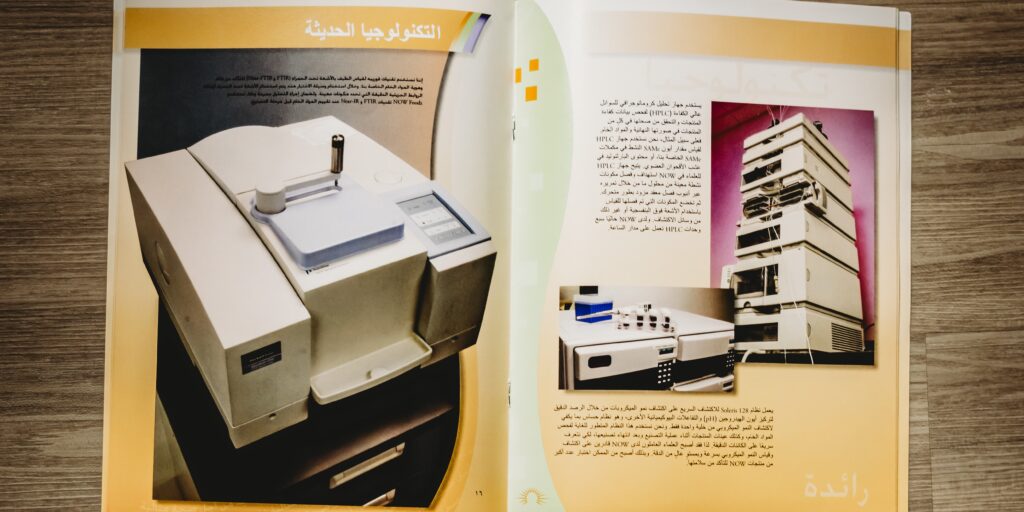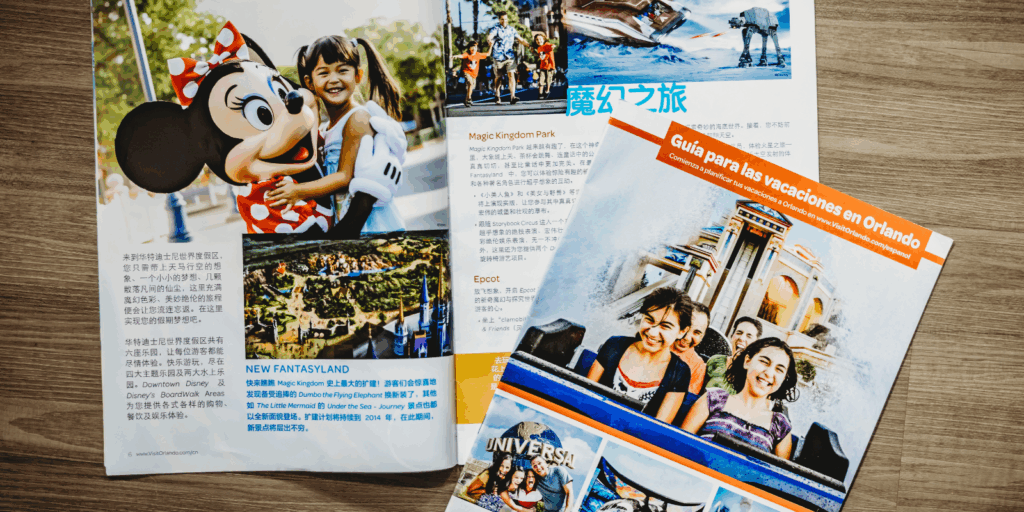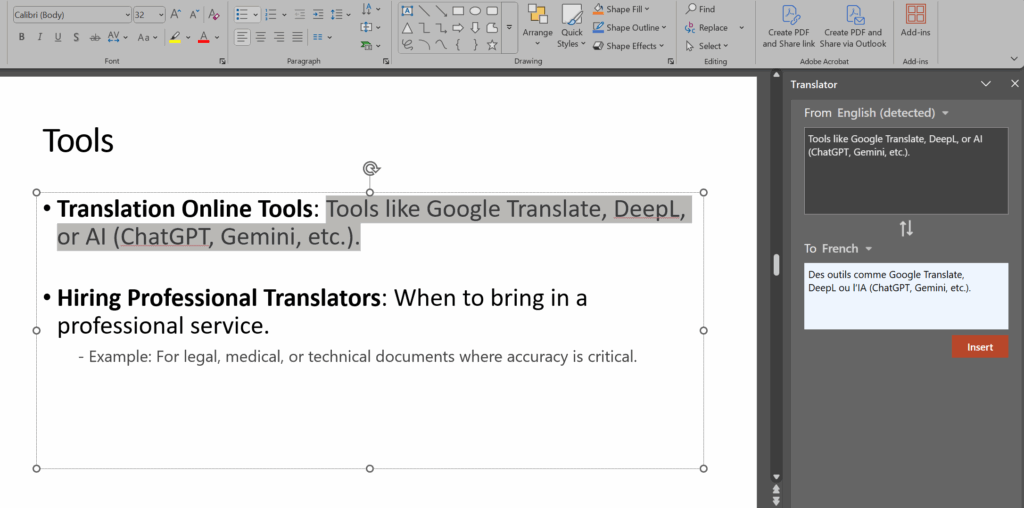
According to HubSpot, 78% of people watch online videos every week, and 55% view online videos every day. With this level of popularity, this medium has become one of the most popular ways to train workforces, communicate with consumers, and entertain the masses. Though it can be used to reach people across the world, its impact goes only as far as the language spoken in the video. To connect with a global audience, the content needs to be accessible in multiple languages. While linguistic solutions such as subtitles or captions certainly provide some benefit, voice over translation is by far the most effective way to ensure that your content is understood by those who speak languages other than English.
Voice over translation: overview
Voice over translation is the process of replacing the original source language audio file with a target language version. The target language audio is synced to the visuals, giving the audience a seamless viewing experience, despite the fact that the video was originally produced in another language.
Where voice over translation is used
Voice over translation can be used to enhance the effectiveness of a wide variety of video platforms, including:
- eLearning: eLearning course translation is one of the most popular applications for voice over translation. Video materials almost always include some form of spoken narration, which should be translated into the language of the audience to give everyone the same learning experience.
- Marketing content and commercials: Are you trying to sell your product or service to a global audience? Your customers need to be able to understand your marketing material. 75% of consumers are more likely to purchase from a brand if the product information is available in their native language.
- Entertainment videos: Content creators looking to expand their influence can take advantage of voice over translation to connect with people around the world.
Voice over recording types

Voice recording isn’t a one-size-fits-all approach. There are several different methods, to which each are suitable for different scenarios.
Voice replacement
This is what you likely associate voice over with. With voice replacement, the original audio is muted, leaving space for audio in the target language. Most often, the new audio must be recorded in such a way that it matches visual cue points. This syncing process can be tricky and is best handled by experienced professionals.
Off-screen voice over
If narration is heard off-screen, as is often the case with eLearning, off-screen voice over is used. The audience can follow along with the presentation’s visuals while listening to the content in their native language.
Lip-synching/dubbing
This is the most complex type of voice over translation, and one that is most commonly associated with foreign films. Your video will appear as if it were originally filmed in the target language, as the voice talent will match the translation to the lip movement of the actor on-screen. The result is a near seamless viewing experience.
UN-style voice over
With this type of voice over, the original audio can still be heard. Its volume is lowered and plays in the background, letting the audience know that the translated voice over serves as an interpretation of what is being said.
Not sure which voice over method is right for your project? A professional translation agency will have the experience and knowledge to help you select the best voice over type to match your particular situation.
Why videos and eLearning courses need voice over translation
Voice over translation is typically more expensive than alternatives, such as subtitles. It is generally agreed, however, that the additional cost is well worth it. Voice over translation gives audiences a clearer understanding of the content, and allows them to be engaged in ways that other methods simply fail to do.
Boosts understanding of material and retention
On-screen text distracts viewers from what is actually happening in the video. If you only subtitle your video, your audience may miss critical on-screen visuals while they are in the process of reading. Similarly, if more than one person is speaking, subtitles can cause confusion. With voice over translation, the audience can clearly differentiate who is saying what throughout the video.
It is estimated that 30% of people are auditory learners, meaning that nearly one in three of your audience members learns best through hearing. Auditory learners will remember up to 75% of information if it is presented through narration or dialogue. This makes voice over translation especially important in the eLearning sphere, where retention, comprehension, and successful outcomes are essential.
Connects with the audience
Deploying voice over translation demonstrates that you’ve made a serious commitment to making your content accessible for all. This goes a long way in fostering a welcoming and inclusive culture and building confidence for your employees, customers, or organization members who might otherwise struggle to fully comprehend the contents of the video.
How voice over translation works
Regardless of the type of voice over translation, the process has three main components:
- translation
- voice over recording
- post-production
Accurate translation
A really good voice over translation starts with the words on the page. If the script to be translated doesn’t exist, the first step is to transcribe the narrative components of the video. From there, the translator will work to provide an accurate translation of the content. Before actual recording takes place, the translated script will be reviewed for quality assurance purposes. Thoroughly QA’ing the script prevents time-consuming and costly re-recording sessions.
Voice over recording
Voice over is more than just the translation itself. Its effectiveness also depends on the voice talent as well as the recording conditions. Keep in mind that the voice talent’s role is to perform the voice over recording (VOR); they don’t play a role in the actual translation process.
Your video content may call for a specific voice – male or female, young or mature, formal or casual, for example. Voice talent will be matched to the video content so that the audio fits the situation. Regardless of the talent’s vocal qualities, he or she will ideally be a native speaker of the target language. This will ensure natural flow, an appropriate tone, and correct enunciation and interpretation of the material.
It is also important that the translation be recorded in a professional studio setting. With state-of-the-art equipment and an environment optimized for recording, a studio provides clean, top quality audio. DIY attempts at voice over recordings often result in less than optimal audio with distracting background noises.
Localized translation
Another key aspect of effective voice over translation concerns localization. Localization takes translation a step further by accounting for regional differences and cultural nuances. For example, the Spanish spoken in Latin America varies in many ways from the Spanish spoken in Spain. Localized voice over ensures that everything from accents to inflections and tones are appropriate for the target-language geography.
Post-production
Voice over recording can be done in one of two ways: as timed recording or as untimed recording. Untimed recording isn’t in-time with the original source material. This is most common with eLearning courses or presentations, where editors can lengthen visuals to match a professional voice over.
When it comes to video, voice over translation is done as a timed recording. The target language content will match the timing of the original English-language content. It can also be synchronized; meaning cue points in the audio will match visual cue points. In some cases, the process may also involve embedding music and sound effects.
The post-production process is extremely important for both types of recording. Whether you are syncing audio with the source video, or extending visuals to match an untimed recording, work needs to be done after the voice talent leaves the recording booth. For the highest quality product, audio engineers will also clean up audio files by normalizing loudness and compressing dynamic range.
Finding turnkey solutions
Working with a translation agency that provides turnkey solutions, you won’t need to worry about taking care of any of these steps on your own. While some translators may require that you provide them with transcribed scripts, many professional agencies are able to handle the process from start to finish.
Conclusion
When your budget allows, voice over translation is almost always the desired voice over translation method. It allows your audience to connect with the material in the video, whether it is an eLearning course, marketing material, a commercial, or a video for entertainment purposes.
Category: Translation
Tags: VOR, Voice Over, Voice Over Translation
Service: Video Translation
Don't forget to share this post!
Stay Updated with Interpro
Subscribe to our newsletter for the latest updates and insights in translation and localization.







